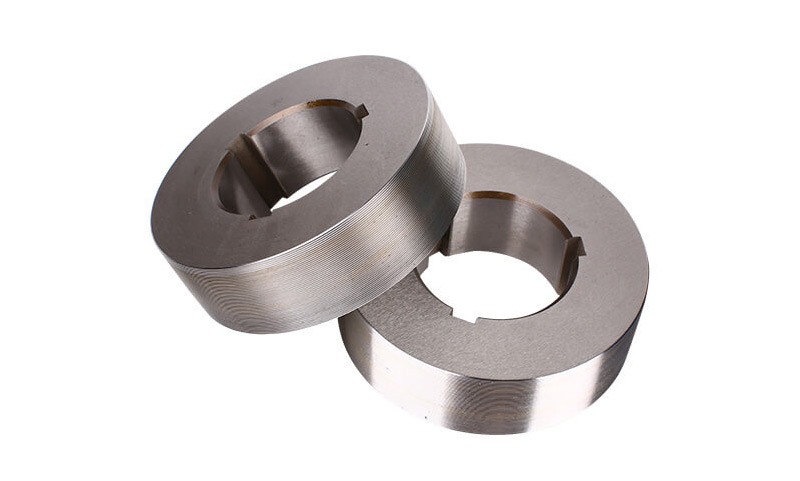
Nov . 16, 2024 18:09
Back to list
Optimizing Thermal Performance in Industrial Heat Exchanger Systems for Efficiency Improvement
Understanding Heat Exchangers Principles and Applications
Heat exchangers are critical devices widely used in various industries to transfer heat between two or more fluids at different temperatures. By facilitating this heat transfer, they play a vital role in enhancing energy efficiency and optimizing industrial processes.
At its core, a heat exchanger operates on the principle of thermal conduction, where hot fluids transfer heat to cooler fluids without mixing. This process is essential in numerous applications, ranging from industrial manufacturing and power generation to HVAC systems and refrigeration.
There are several types of heat exchangers, each designed to cater to specific needs. The most common types include shell-and-tube, plate, air-cooled, and double-pipe heat exchangers. Shell-and-tube heat exchangers consist of a series of tubes, with one fluid flowing through the tubes and another fluid flowing around them, effectively transferring heat. Plate heat exchangers, on the other hand, utilize thin plates to create multiple channels for the fluids, maximizing surface area and enhancing heat transfer efficiency.
heat exchanger

The efficiency of a heat exchanger is measured by its ability to transfer heat, which can be influenced by various factors, including the temperature difference between the two fluids, the surface area available for heat exchange, and the flow arrangement (counterflow, parallel flow, or crossflow)
. A well-designed heat exchanger maximizes the temperature difference to improve energy transfer and minimize energy losses.Heat exchangers are integral in many sectors. In the chemical industry, they are used to cool or heat reactants, thereby controlling reaction temperatures. In power plants, heat exchangers are essential for recovering waste heat from exhaust gases or steam. Additionally, in residential and commercial buildings, they are vital components of heating, ventilation, and air conditioning (HVAC) systems, ensuring indoor environments remain comfortable while reducing energy consumption.
Furthermore, with the growing emphasis on sustainability and energy efficiency, innovations in heat exchanger technology are continually being developed. For instance, advancements in materials and design have led to more compact and efficient models, which are crucial in reducing energy consumption and costs.
In conclusion, heat exchangers, though often overlooked, are fundamental in our daily lives and industrial processes. Their ability to efficiently transfer heat not only contributes to energy conservation but also enhances overall system performance. As industries strive for sustainability, the role of heat exchangers will become increasingly significant in shaping a more energy-efficient future.
Next:
Latest news
-
Safety Valve Spring-Loaded Design Overpressure ProtectionNewsJul.25,2025
-
Precision Voltage Regulator AC5 Accuracy Grade PerformanceNewsJul.25,2025
-
Natural Gas Pressure Regulating Skid Industrial Pipeline ApplicationsNewsJul.25,2025
-
Natural Gas Filter Stainless Steel Mesh Element DesignNewsJul.25,2025
-
Gas Pressure Regulator Valve Direct-Acting Spring-Loaded DesignNewsJul.25,2025
-
Decompression Equipment Multi-Stage Heat Exchange System DesignNewsJul.25,2025

